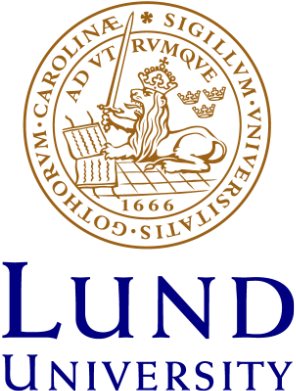C-erbB-2 expression does not predict response to docetaxel or sequential methotrexate and 5-fluorouracil in advanced breast cancer
Breast cancer patients with c-erbB-2-positive tumours seem to benefit from anthracycline-based adjuvant chemotherapy. The predictive value of c-erbB-2 for taxane sensitivity is not yet clear. The purpose of this study was to assess whether c-erbB-2 expression is associated with clinical sensitivity to docetaxel (T) or sequential methotrexate and 5-fluorouracil (MF). A total of 283 patients with me
